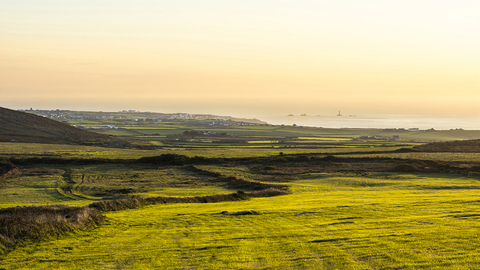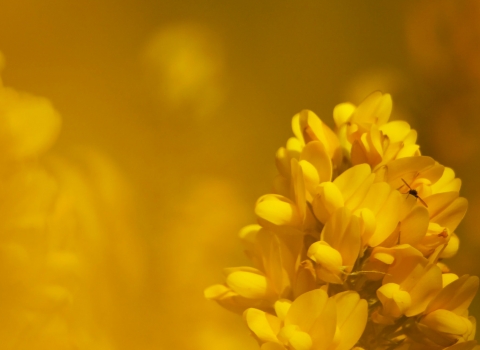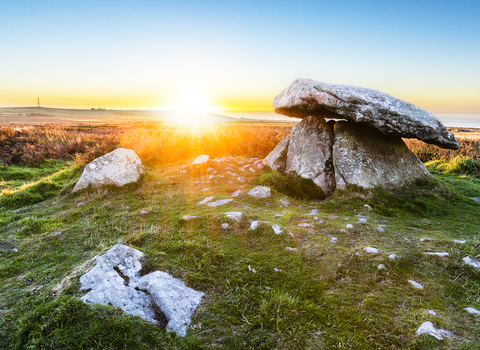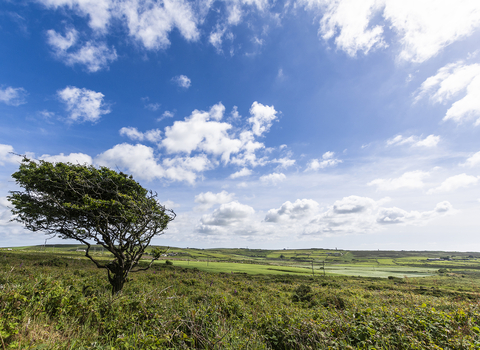Location
At Crows-an-wra, turn off the A30 towards Land’s End Airport until reaching Chapel Carn Brea car park. Cross the road and follow the track opposite, turning off onto the first smaller track on the left. This track is uneven. In the winter it’s flooded and impassable.
View on What3Words
Know before you go
Dogs
When to visit
Opening times
Open at all timesBest time to visit
April to AugustAbout the reserve
The reserve consists of Bartinney, Carn Glaze and Bartinney Castle. The castle is an Iron Age enclosure, surrounded by remains of ancient field systems, settlements and a circular structure, believed to be an amphitheatre of sorts.
The site’s earliest structures are thought to date from the Bronze Age. The name Bartinney (or Bartinè) means ‘the lighted eminence’, or ‘the hill of fires’ (Bretanow in the Cornish language). You can find out more about these ancient sites on the Penwith Landscape Partnership website.
This is a particularly important site for birdlife, the majority of which nest on or near to the ground, so please ensure dogs are kept under close control.
The cuckoo is a regular early summer visitor to Bartinney. You may be lucky enough to spot one during the spring amongst the grassland, feeding on large hairy caterpillars, which are poisonous to other birds. Cuckoos are well-known brood parasites; the females lay their eggs in the nests of other birds, particularly meadow pipits.
Just some of the other birds that can be seen here include: stonechat and linnet (year-round); skylark (spring/summer); snipe and woodcock (autumn/winter).
In addition to birds, the reserve provides a home to various other wildlife associated with heathland, including adders and butterflies such as the grayling, wall, small pearl bordered fritillary and small heath.










